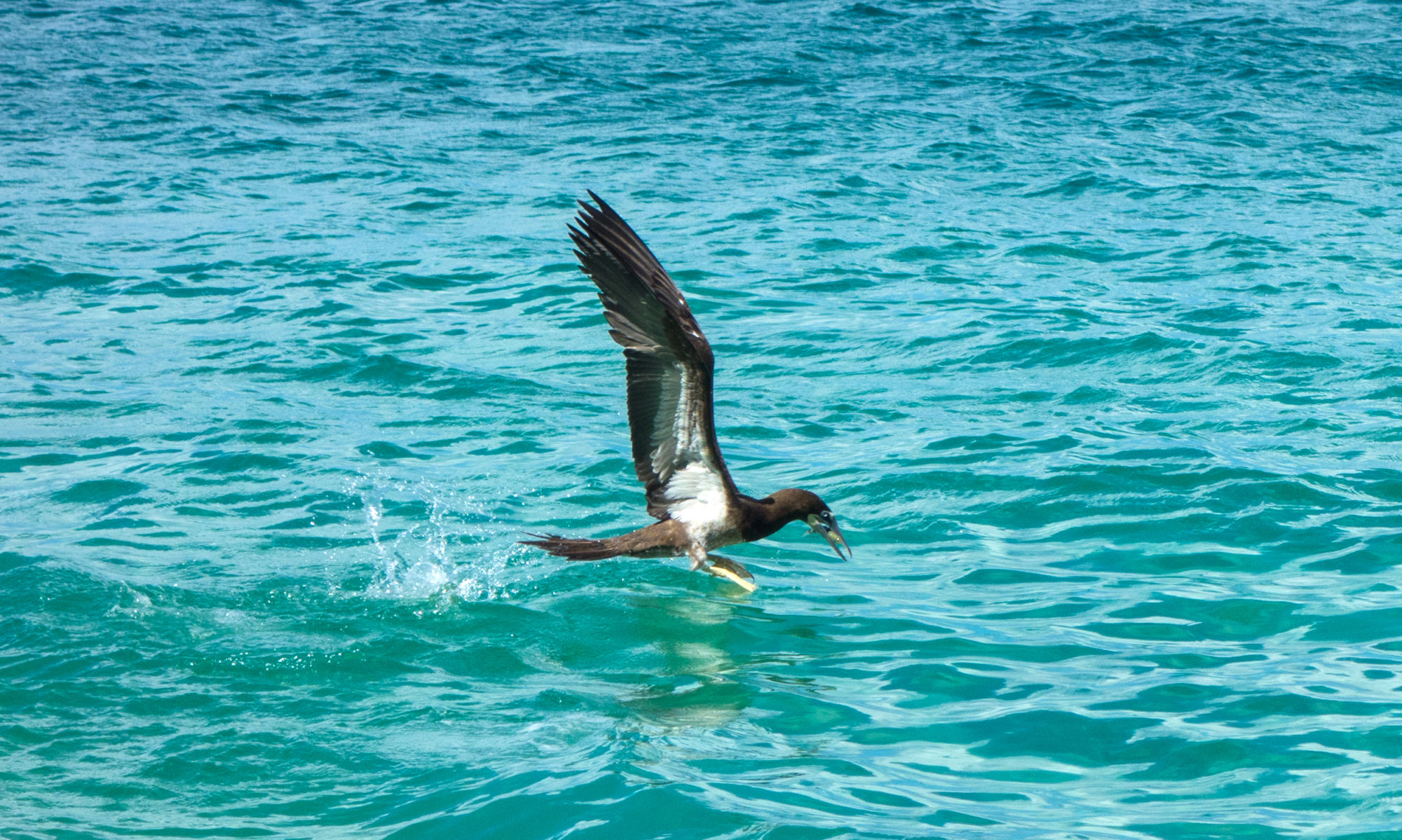Whenever I encounter island visitors hiking, they are more often than not wielding rather strange-looking walking sticks that resemble ski poles. Although lightweight and therefore practical for hiking, these modern poles lose major points in the beauty department, especially when compared to an old-fashioned twirly stick! The walking sticks commonly used when I first arrived on Bequia were lovely works of art, painstakingly crafted and polished by their owners for use as a walking cane, to give as a gift or to simply admire, and people spent a lot of time and effort creating them. Made of hard wood to ensure durability, a Bequia “twirly stick”, although rather heavy, was a thing of beauty, fanciful and unique, and was usually displayed with justifiable pride.

Mac made a twirly stick out of a piece of wood around which thick vines had become imbedded, I guess that’s why it was called a twirly stick. He first pared the tough brown bark with a knife, then sanded and rubbed linseed oil into the wood to give it a polished sheen. This process took a long time but the finished product was impressive, a labour of love that today’s generic “ski poles” sadly lack.

One of Mac’s friends, while visiting from Canada, decided to make a twirly stick for himself. Brian had searched for just the right piece of wood, and was happily de-barking it with a penknife when Mac arrived home. It didn’t take long for Mac to realize that his friend, not yet familiar with the island, had chosen the wrong piece of wood for his project;

“Hey mon, dat’s brazil! You can’t be touching BoBo Brazil!”

Brian had been told that the wood was from an ash tree, and he knew that ash was hard wood, good for making strong canes.

“Na mon! Dat’s POISON ash! Dat’s BoBo Brazil!
I had been warned about the poison ash tree, also referred to as Christmas bush in other parts of the Caribbean because of its resemblance to holly. On Bequia it’s known as brazil, and should be avoided at all costs. The leaves and sap carry a poison similar to that secreted by poison ivy, and will cause severe skin irritations and eruptions not unlike that from manchineel trees. The skin will blister on contact, and when the blisters break the painful rash spreads. That’s exactly what happened to Brian’s hands over a period of a few weeks, the poor fellow certainly learned his lesson the hard way!

Brazil’s scientific name is Comocladia Dodonea. A species of tree in the cashew family native to the Caribbean, brazil grows in abundance throughout parts of Bequia. Mac first pointed it out to me during a hike to Hope Beach, and taught me how to identify it by the dark green and oddly shaped spikey leaves. He always carried a cutlass when walking to Hope, and efficiently hacked any brazil branches blocking the path. Mac called it BoBo Brazil, and that’s what my children and I call it too. I have never come into contact with the poisonous bush because I know what to look for, and for that I am grateful!

A few years ago, when my grand-children were visiting from Canada, we hiked down to Hope Beach. I kept my eyes peeled, and every time I spotted some brazil I stopped and made the children study the leaves. Soon they were spotting the offending bushes on their own, their little voices shouting;
“Look Grand-ma! BoBo Brazil! Bobo Brazil! Don’t touch! Don’t touch!”

Yes – thanks to Mac, three generations of Simmons’ have called it “BoBo Brazil”, perhaps the next generation will call it that too…..



Great story. I was not familiar with that bush. LOL, or I have forgotten.
It means you never got punished by one! It thrives in dry scrubby areas, perhaps not so prevalent on mainland…
I dispute your walking stick story. The BEST walking sticks were made form the very bush you are putting down. The Brazil Bush had an amazing core and heart. It was called Brazil wood . It was carefully chopped down and then left to dry…not handled. Only very mature specimens in the deep back bush of Bequia. Often left for an entire dry season as the sap dried out and leaves dropped off. once dried out it could be planed down…and the beautiful heart of the trunk displayed. No longer an irritation. The various layers were multicolored and the wood very hard (No Pun)…fine sanding and then oiling produced an amazing walking cane. Which was used by older gentlemen on Bequia and often handed down. Ross had one…as a gift.
I bow to your knowledge. I guess Mac was more concerned about the way his friend handled the wood?